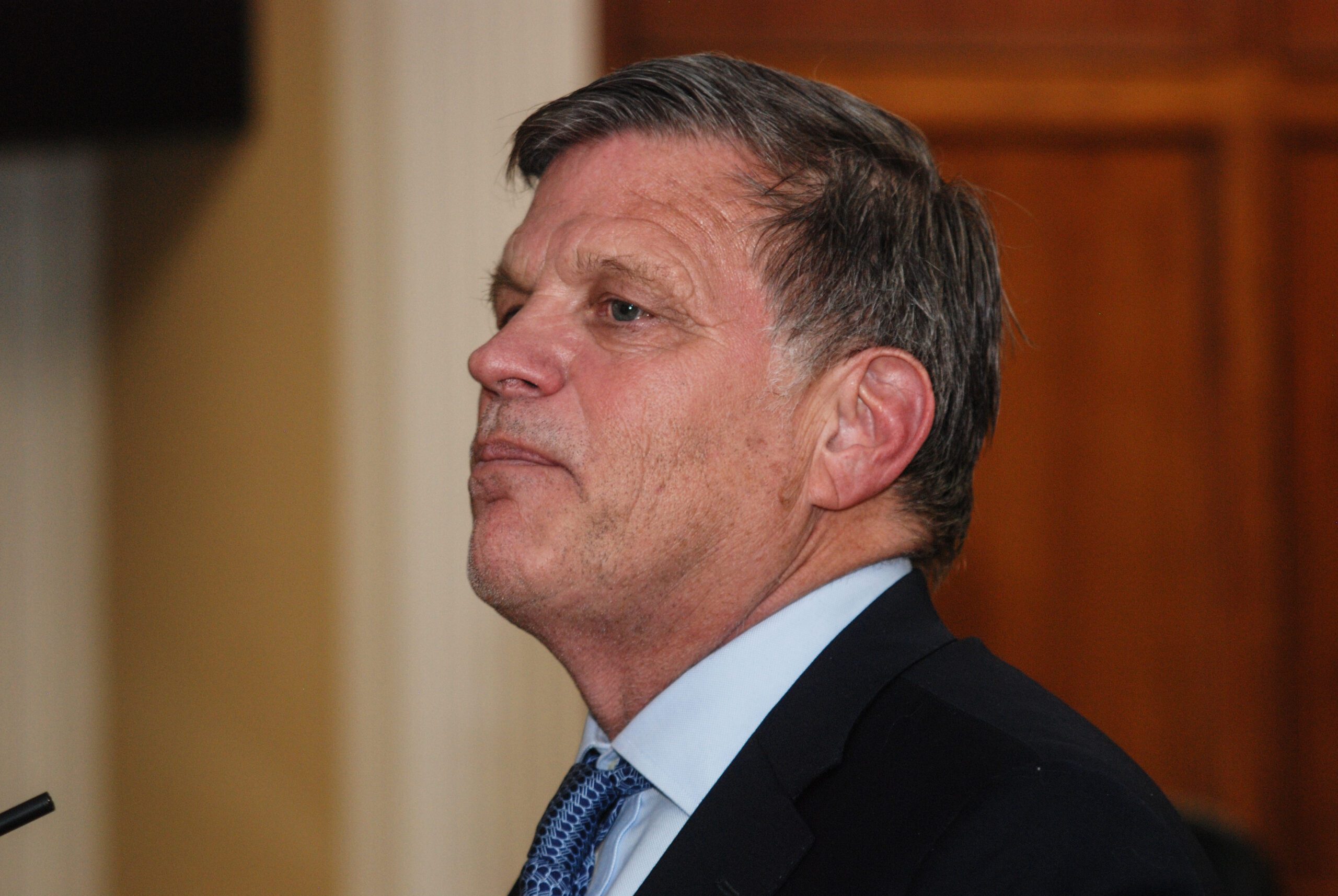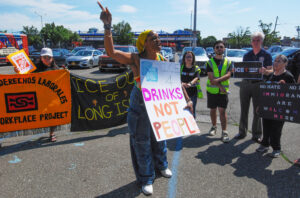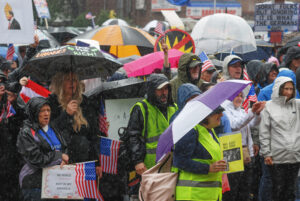By Madeline Armstrong
Douglas Brinkley, New York Times best-selling author, Rice University professor, CNN history commentator and New York Historical Society presidential historian, says Americans must unite as they did during the 1960s and early ’70s to save the environment.
“We’re dealing with this reckless deterioration of natural resources, and you can feel hopeless sometimes,” Brinkley said. “The country’s divided, but there’s going to come a moment again when we are united.”
Brinkley spoke in Oyster Bay April 19 to discuss his most recent book, “Silent Spring Revolution: John F. Kennedy, Rachel Carson, Lyndon Johnson, Richard Nixon, and the Great Environmental Awakening” (HarperCollins Publishers, 2022), noting that young people’s involvement is key to solving the global environmental woes that the world faces, including the climate crisis.
The lecture was arranged by Friends of the Bay, an organization that aims to preserve, protect and restore the Oyster Bay/Cold Spring Harbor Estuary and surrounding watershed. With the North Shore Land Alliance, which co-sponsored the talk, Friends of the Bay welcomed Brinkley to discuss the environmental movement that was born and took hold during what he referred to as “the long ’60s.”
This “third wave” of environmentalism took place from roughly 1960 to 1973, according to Brinkley, who began his teaching career at Hofstra University in the early 1990s. He was on Long Island last week to speak at the three-day Hofstra University conference “The Barack Obama Presidency: Hope and Change.”
The first wave of American environmentalism happened during the presidency of Theodore Roosevelt (1901-09) and the second under the presidency of his fifth cousin, Franklin Roosevelt (1933-45), Brinkley said. “Theodore Roosevelt said, ‘The protection of our natural resources and the management of it is the number one job of the president,’” Brinkley noted.
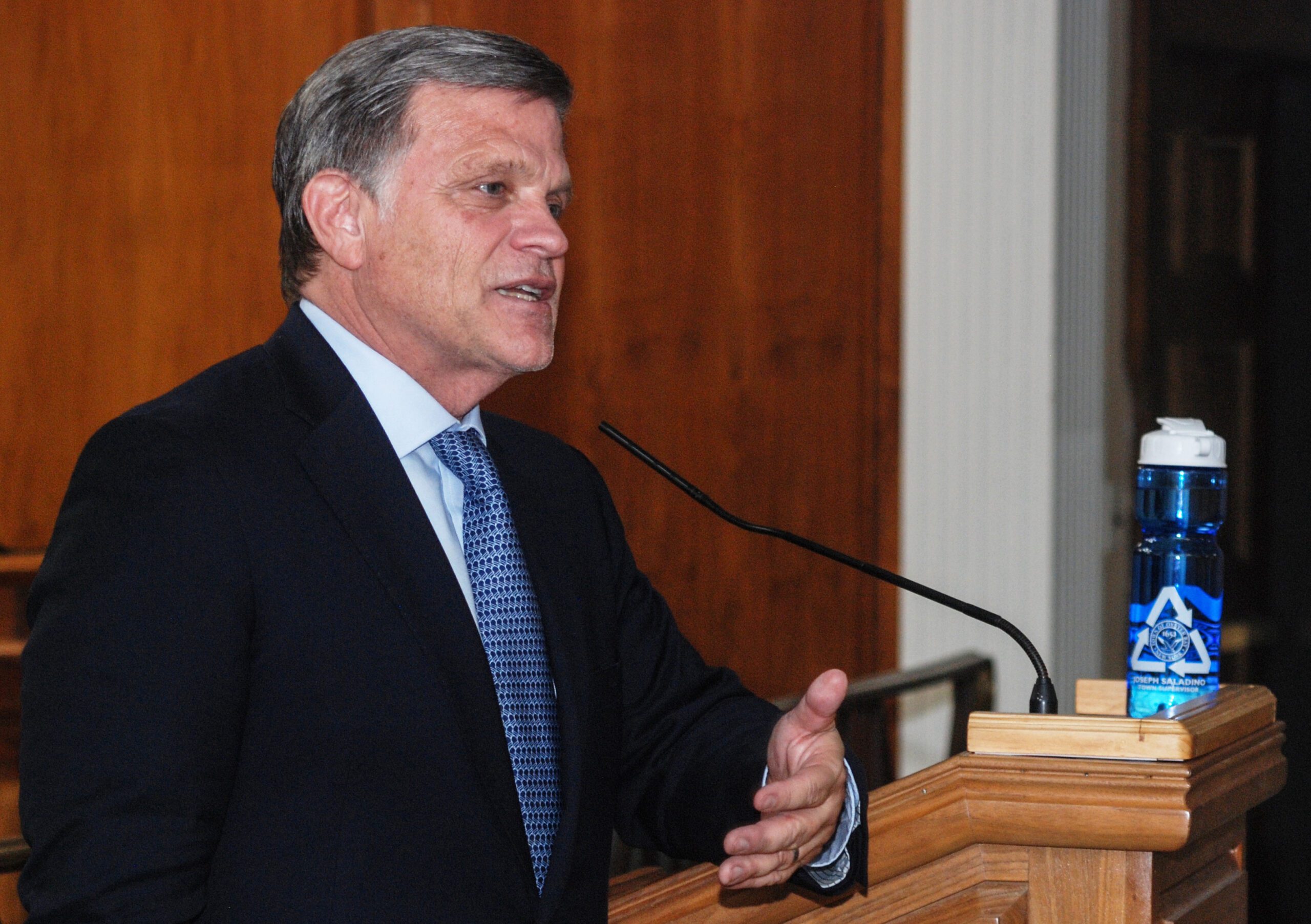
The title of his latest book is a play on Rachel Carson’s groundbreaking text “Silent Spring.” Carson was an environmental writer from the early 1940s through her death in 1964. The best-selling “Silent Spring” is considered by many to have singlehandedly sparked the third wave of environmentalism. The book undoubtedly influenced environmental policy under Presidents Kennedy, Johnson and Nixon. Carson wrote it as a protest against the unrestrained use of DDT (dichlorodiphenyltrichloroethane), a pesticide that many thought of at the time as a “miracle of science” akin to the atomic bomb, according to Brinkley, but was later found to be carcinogenic to humans and highly toxic to wildlife, in particular predatory birds like the bald eagle.
Carson first wrote about DDT in 1945, saying that it was dangerous and should undergo further testing. Nothing came of this first effort, however, and DDT continued to be used across the country. The dangerous effects of this chemical can be seen in former President Jimmy Carter’s immediate family, most of whom died of pancreatic cancer, according to Brinkley.
Carter grew up in Plains, Ga., and was away serving in the military from 1945-54 when DDT was sprayed heavily in the area, though Carter, too, has suffered from cancer.
“They were blanket-spraying undiluted pesticides,” Brinkley said. “You know who was there [in Plains, Ga.]? His mother, who dies of pancreatic cancer. His father, who dies of pancreatic cancer. His brother Billy, who dies of pancreatic cancer. His sister Ruth, who dies of pancreatic cancer. His sister Gloria, who dies of pancreatic cancer. It was a contamination zone. This happened around the country.”
Carson knew the dangers of DDT and was undergoing treatment for breast cancer as she worked furiously to finish “Silent Spring.” The book was published in 1962. She died two years later. She was 56.
“Rarely does a book have this kind of galvanizing effect, where you can feel the tectonic plates shift,” Brinkley said. “Something in society shifts, and the shift is expanding on Theodore Roosevelt and FDR, but she expanded the audience. She said, ‘To you and you and you, your children could be getting sick playing in the backyard. That’s a good way to expand the conservation movement.”
John F. Kennedy addressed the publication of “Silent Spring” by creating a panel of scientists who would determine if what Carson wrote about DDT was true. It was.
This spurred environmental change on a federal level. For the presidencies that followed, environmental issues would be top ballot items. Social change organizations began to crop up, including the Environmental Defense Fund on Long Island, and the Clean Air Act was passed in 1963, the National Environmental Policy Act in 1970, the Clean Water Act in 1972 and the Endangered Species Act in 1973. The Environmental Protection Agency was begun under Nixon in 1970.
“Rarely does a book have this kind of galvanizing effect, where you can feel the tectonic plates shift.”
Douglas Brinkley, Author, Presidential Historian, speaking on Rachel Carson’s “Silent Spring”
Brinkley also said that in order for a fourth environmental wave to have the same galvanizing effect, young people must get involved at the local level. He and many others attending the event agreed that those who came of age during “the long ’60s” still feel a sense of passion and duty to preserve the environment, but young people now may not know where to start.
“It was a very creative period, and what most impresses me about it all is it came from all places,” Brinkley said. “From churches and synagogues, student groups and corporate leaders and Walt Disney. All these people came in and said we can do something. I’m seeing a lot of people with laptops worried about the environment and caring about climate change, but less so on a local level of land, water, wildlife conservation.”
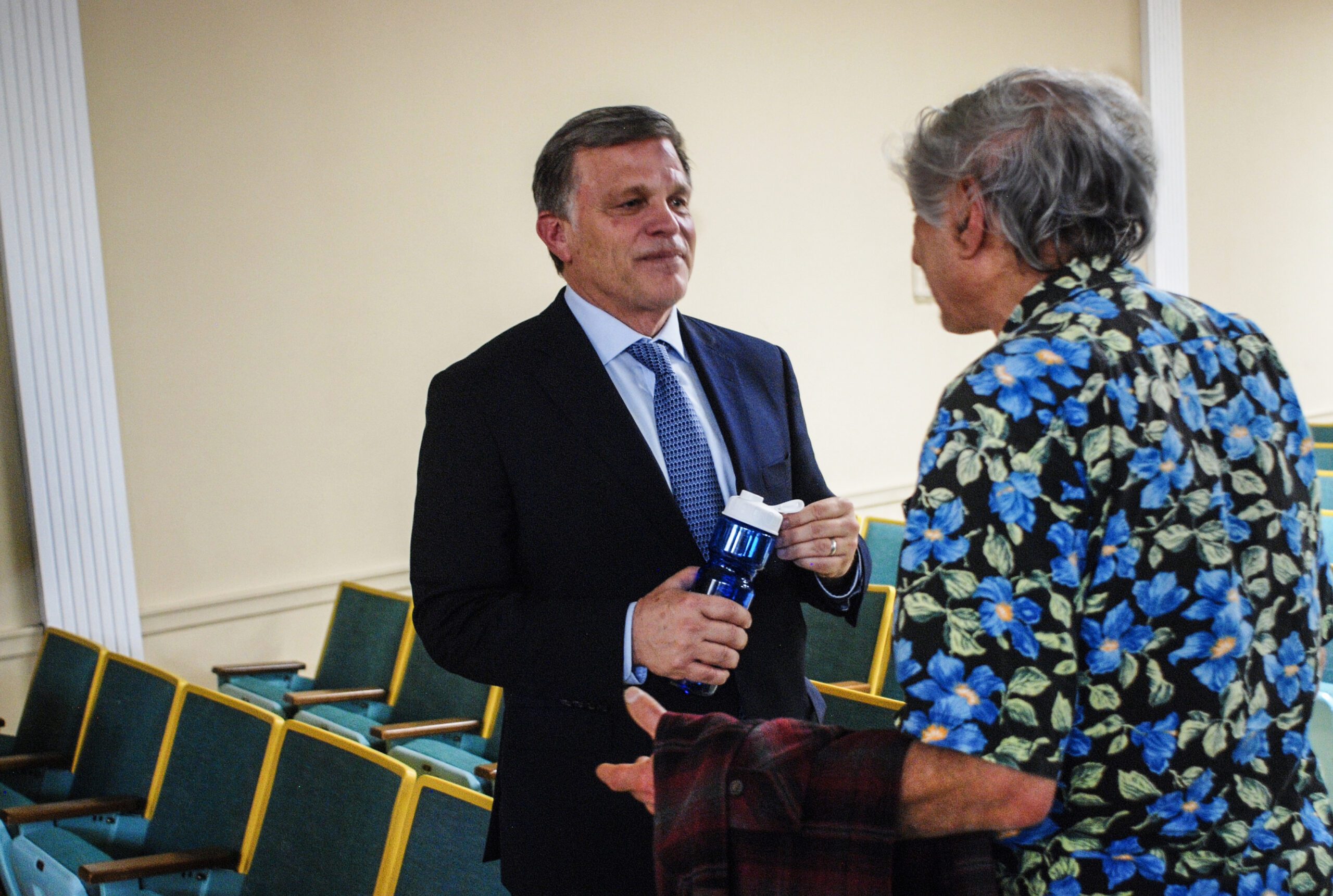
Heather Johnson, executive director of Friends of the Bay, said Brinkley’s lecture emphasized the organization’s goals of fighting to preserve the environment and engage local community members.
“Hearing his account of the history of the environmental movement was fascinating,” said Bill Bleyer, president of Friends of the Bay. “And his focus on having people, particularly young people, getting involved with local environmental groups like Friends of the Bay as the solution to climate change and other environmental problems was especially rewarding.”
Johnson encouraged community members to get involved with local environmental groups like Friends of the Bay and to keep fighting for climate justice, even when it seems like a hopeless cause.
“If environmentalists of yore allowed themselves to be discouraged,” Johnson said, “we would not have some of the progress we have today.”
